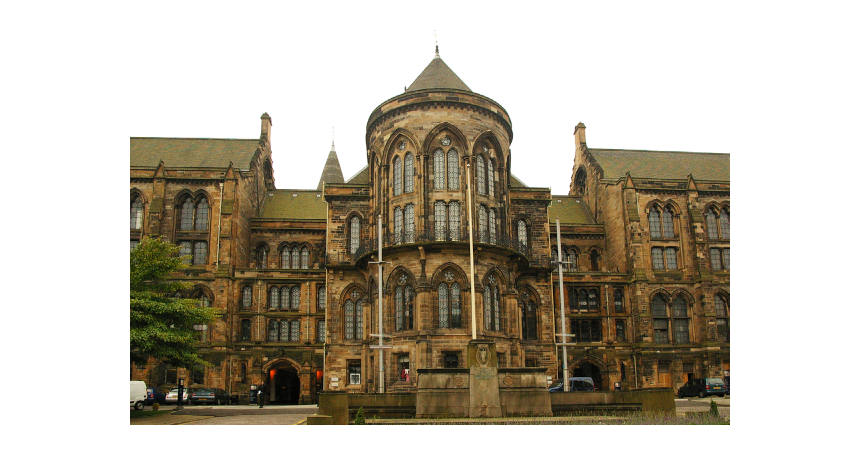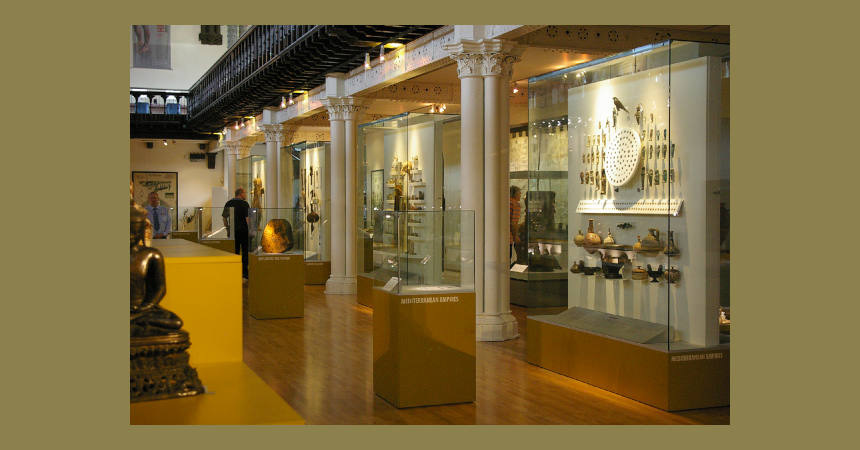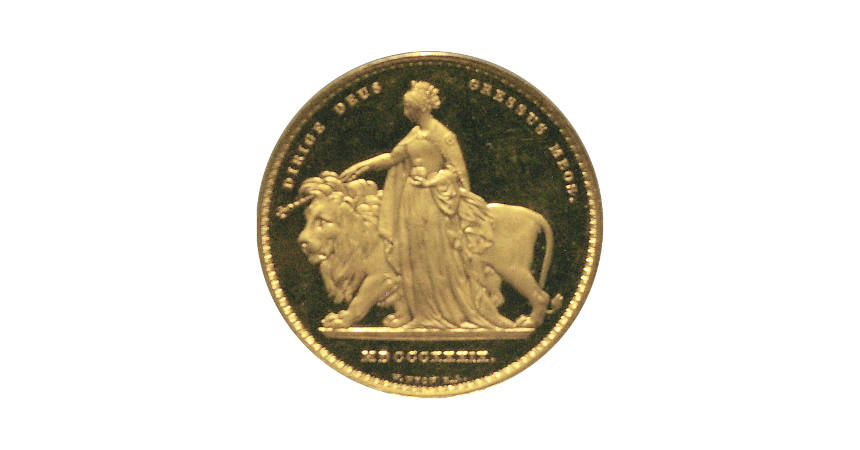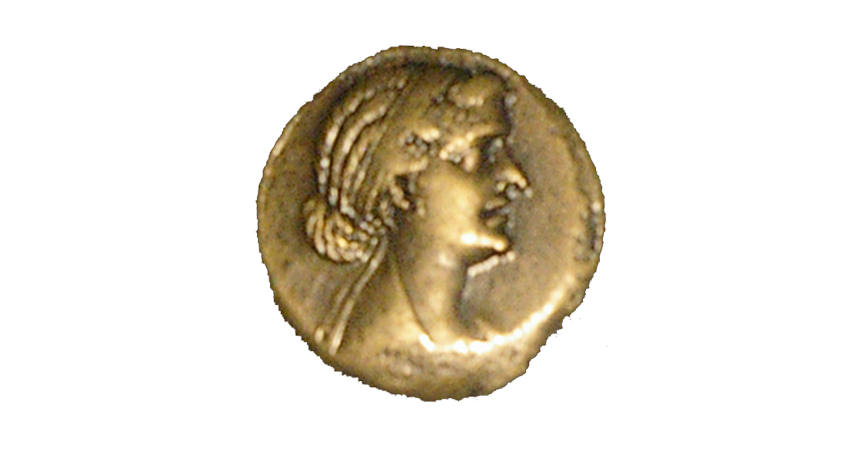Hunterian Museum, University of Glasgow
Wenn es kein Logo gibt, wird diese Spalte einfach leer gelassen. Das Bild oben bitte löschen.
(Dieser Text wird nicht dargestellt.)
University Avenue
Glasgow G12 8QQ
Tel: +44 (0) 141 330 4221
Founded in 1807, the Hunterian Museum is Scotland’s oldest public museum. It is named in honor of Dr. William Hunter, a Scottish obstetrician and antiquarian who was an ardent coin and book collector and owned one of the best private museums. This Museum should not be confused with the Hunterian Museum of the Royal College of Surgeons in London, based on items assembled by Hunter’s younger brother, John Hunter.
The Museum’s numismatic collection consists of approximately 70,000 coins, medals, tokens, and related objects. Of these, only about 250 specimens are on display among the Museum’s historical artifacts. A select number of coins and medals are on display in the Huntarian Art Museum across the street.
Victoria’s First Coins
In a display case labeled “Coats Coins,” are the first coins of Queen Victoria’s reign. Assembled by Thomas Coats (1809-1883), this was one of the best private coin collections in Scotland of the late 19th century. The Coats family in 1921 donated the collection of some 7,000 ancient Greek, Roman, English, and British coins in gold, silver, and copper to the University.
The coins which show the portrait of Victoria with the “young” or “bun” head on the obverse were part of the design from 1839 to 1887. There is a complete type set consisting of the copper penny, half penny, farthing, threepence, fourpence, sixpence, shilling, florin, half crown, silver crown, half sovereign, and gold sovereign. Also included is the rare gold 1839 £5-proof “Una and the lion” pattern not struck for general circulation.
The Profile of a Queen
One highlight of the coins on display among the Lady Shepenhor mummy (c. 600 BC) and other artifacts is an 80-drachma bronze coin minted in Alexandria, 51-30 BC. This is the best example in the world of a Cleopatra coin. Cleopatra VII is regarded as one of the world’s most powerful women and she personally approved this portrait.
Imperial Rome and Greece
Another highlight in a display case contains a series of 88 gold coins of the Imperial Roman emperors that span 500 years, providing an extensive miniature portrait gallery of the Roman emperors. Among these was Antonius Pius, who was emperor when Romans marched in Scotland in the 2nd century AD and built the Antonine Wall. The series begins with a coin showing the portrait of Augustus, Rome’s first emperor (27 BC-14 AD) through Zeno, when the empire ended with his death in 491 AD.
In the same display case are 169 Greek coins from Hunter’s collection covering the Archaic, Classical, and Hellenistic periods of Greek coinage. The archaic coins shown are usually identified by a portrait or attribute of a patron god, goddess, or legendary hero with the earliest of these coins made from electrum. In the Classical period, the use of inscriptions on coins began and often included the name of the Greek “polis” (πολις)—the people of the city-state.
One of the many collections Hunter purchased was that of James Bruce, aka “Abyssinian Bruce,” the explorer of the Nile. On display is his superb group of 3rd-2nd century BC Ptolemaic gold coins. It is unfortunate that none of Hunter’s 88 Roman, 169 Greek, or Ptolemaic coins have any identifying or informational labels to assist visitors.
This text was written by Howard M. Berlin and first published in his book Numismatourist in 2014.
You can order his numismatic guidebook at Amazon.
Howard M. Berlin has his own website.










